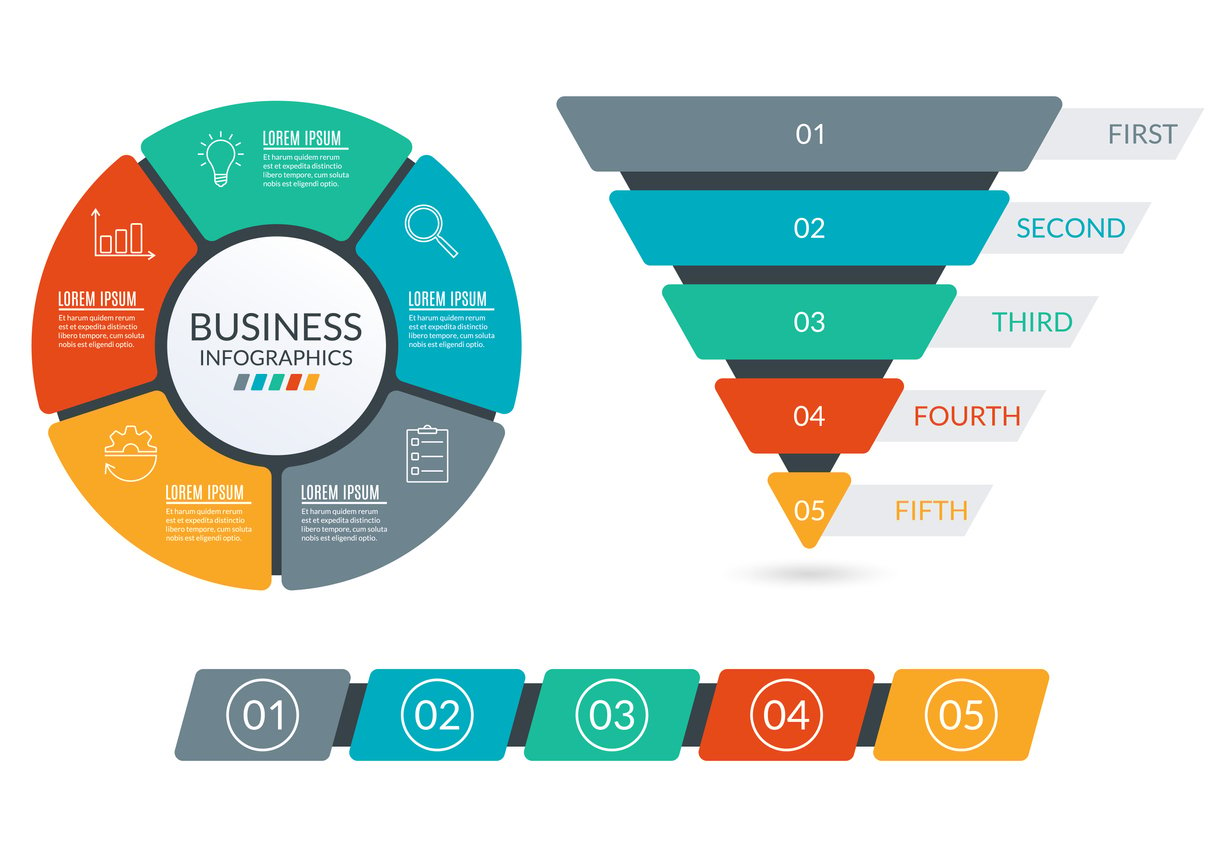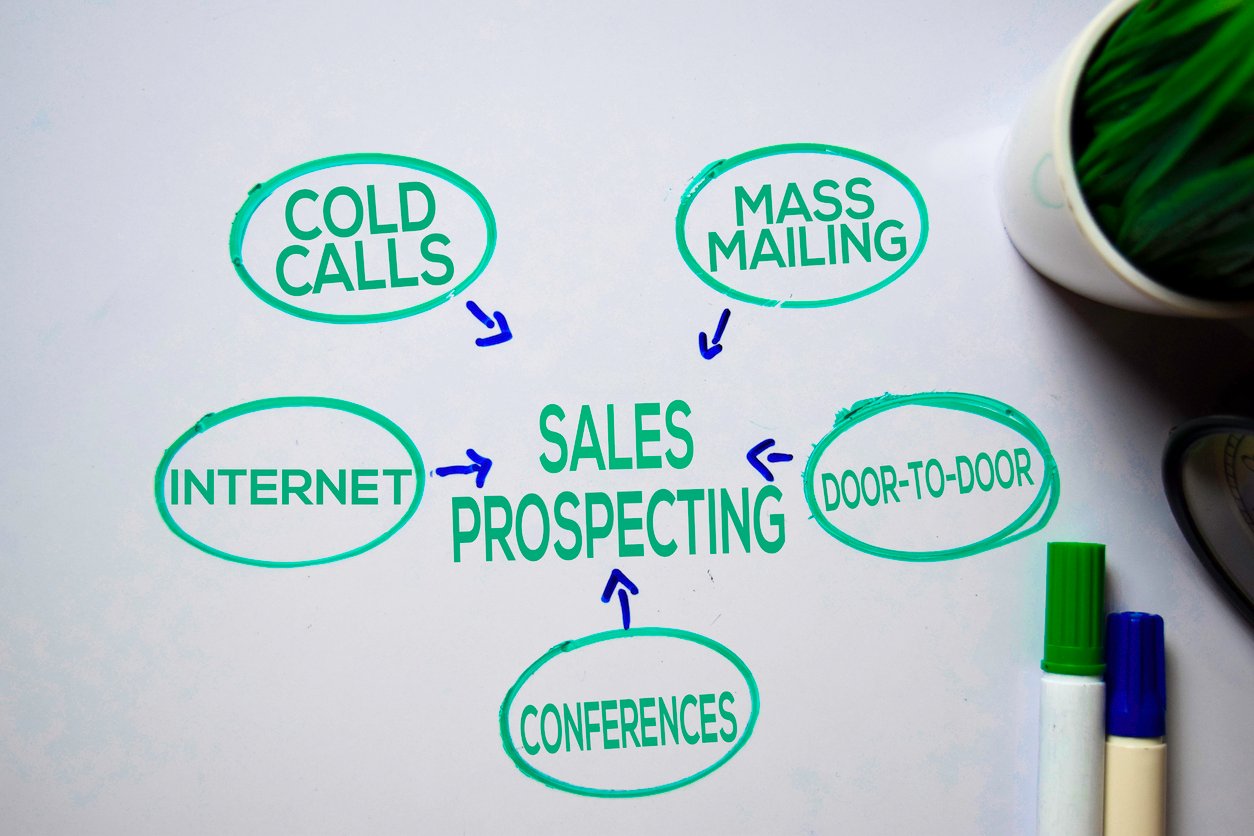
Sales Data Analytics Considerations and Best Practices
 Updated on
Updated on
 By Carlos Correa
By Carlos Correa
Carlos Correa
Carlos has been involved in the sales space for well over ten years. He began in the insurance space as an individual sales agent, managing teams as s...
learn more
Carlos Correa
Carlos has been involved in the sales space for well over ten years. He began in the insurance space as an individual sales agent, managing teams as s...
Table of Contents
Table of Contents
Swimming in a sea of sales data? You're not alone. Businesses are drowning in information, especially when it comes to sales. But amidst the deluge lies a hidden treasure: sales data analytics.
Sales data analytics involves the systematic analysis of sales-related information to gain valuable insights that can inform decision-making, enhance performance, and drive overall sales effectiveness.
It's the difference between blindly throwing darts at a sales target and confidently hitting the bullseye.
In this article, we'll explore:
- Why is sales data analytics so important?
- Sales analytics examples.
- Best practices to ensure success.
So, are you ready to unlock the power of your sales data? Let's begin!
Why is Sales Data Analytics Important?

Let's face it: in the cutthroat world of sales, gut feelings and intuition only take you so far. You need a secret weapon, a crystal ball that reveals the hidden patterns and trends in your sales data. That's where sales data analytics comes in, your trusty sidekick in the quest for closing more deals and skyrocketing your numbers.
Data analytics becomes your machete, hacking through the undergrowth of uncertainty and revealing a clear path to success. Here's why:
- Know Your Customers Inside Out: Data analytics transforms your customers from faceless numbers on a spreadsheet into real people with preferences, buying habits, and pain points. You can identify which products resonate best with specific demographics, understand their conversion triggers, and tailor your approach to their unique needs.
- Unmask Top Performers and Underachievers: By analyzing metrics like conversion rates, lead times, and deal sizes, you can pinpoint strengths and weaknesses in your team.
- Predict the Future: Data analytics isn't just about the past; it's your window into the future. By analyzing historical trends and identifying patterns, you can forecast future sales performance, predict which campaigns will yield the biggest bang for your buck, and even anticipate customer churn before it happens.
- Squash Gut Feeling Fallacies: Data analytics takes the guesswork out of the equation. It provides concrete, data-driven insights that inform your decisions, allowing you to ditch the gut-feeling roulette and make strategic choices based on real evidence.
- Boost Your Bottom Line: Ultimately, sales data analytics is all about one thing: more sales and more revenue! By optimizing your sales funnel, identifying inefficiencies, and focusing on the most promising opportunities, you can dramatically increase your sales performance.
Sales Analytics Examples to Monitor

Remember that crystal ball we mentioned? Well, it's not just a fancy metaphor. Sales data analytics equips you with a real-time dashboard that tracks the vital signs of your sales performance. Let's explore some key metrics you should monitor to keep your sales engine humming:
1. Sales Growth
This is your Everest, the ultimate indicator of your upward climb. Track your year-over-year, month-over-month, and even week-over-week growth to see if you're scaling toward your targets. Did you know? The average B2B company experiences 2.23% of sales growth. Are you outpacing the pack?
2. Sales Targets
Goals are your North Star, but without tracking progress, you're just wandering in the wilderness. Monitor your team's progress against individual and collective targets to identify any lagging stars and celebrate early achievers.
Fun fact: The average percentage of salespeople who meet their quota as of April 26th, 2022, is 48.3%. Are you exceeding expectations?
3. Sales Opportunities
Think of opportunities as seeds you sow before reaping the harvest of closed deals. Track the number of qualified leads entering your pipeline, their conversion rate, and the average time to close. This big data sales analytics goldmine reveals bottlenecks and areas for improvement.
4. Sales to Date
This is your real-time snapshot of progress, a gauge of how close you are to hitting your monthly or quarterly targets. Monitor this metric daily to identify any sudden dips or unexpected surges, allowing you to react swiftly and adjust strategies.
Pro tip: Use data analytics tools to set dynamic sales goals based on real-time performance, keeping your team motivated and on track.
5. Product Performance
Not all products are created equal. Analyze which items fly off the shelves and which gather dust bunnies in the corner. Identify your top performers and understand why they resonate with customers. Data analytics in sales can help you optimize product offerings and marketing strategies for maximum impact.
6. Lead Conversion Rate

Every conversation with a potential customer is a seed you plant. Track the percentage of leads that blossom into closed deals. A low conversion rate might indicate ineffective sales tactics or poor lead quality. Remember: It's cheaper to nurture existing leads than constantly chase new ones.
7. Sell-Through Rate
Inventory sitting idle is like money locked in a vault. Track how quickly your products move from the warehouse to the customer's hands. A low sell-through rate could signal overstocking or misaligned inventory management. Big data sales analytics can help you optimize inventory levels and avoid costly dead stock.
8. Quote to Close
How long does it take to turn a "maybe" into a "cha-ching"? Monitor the time it takes from sending a quote to closing the deal. A long quote-to-close cycle could indicate pricing issues or inefficient sales processes. Streamline your sales funnel by identifying and removing any roadblocks to closing.
9. Sales Per Rep
Individual performance matters. Monitor each rep's sales volume and identify top performers and those who need a helping hand. Data-driven coaching can empower your team and unlock everyone's full sales potential.
10. Average Purchase Value
Every customer is a walking dollar sign, but some have bigger pockets than others. Analyze the average value of each sale to understand customer segments and tailor offerings accordingly. Premium products and upselling strategies can boost your average purchase value and your overall revenue.
Sales Analytics Best Practices

|
Best Practices |
Description |
|
Define Your Sales Metrics and KPIs |
Identify the key performance indicators (KPIs) that matter most to your sales goals. Don't get bogged down by too many metrics - data analytics for sales is about actionable insights, not information overload. |
|
Use a Sales and Reporting Dashboard |
Visualize your data in a clear and concise dashboard. Track key metrics, monitor trends, and identify areas for improvement at a glance. |
|
Segment Your Data |
Don't treat all customers as one big blob. Divide your data into segments in your CRM system based on demographics, purchase history, and other relevant factors. This allows for data analytics to increase sales through targeted campaigns and personalized approaches. |
|
Apply Predictive and Prescriptive Analytics |
Don't just look at the past. Predict the future! Use advanced analytics to forecast sales trends, identify potential risks, and recommend actions to optimize your performance. Data analytics in sales isn't just about reporting. It's about informed decision-making. |
|
Consider Emerging Trends and Challenges |
Stay ahead of the curve by keeping an eye on industry trends and evolving customer preferences. Analyze data from external sources to identify new opportunities and adapt your sales and data analytics strategies accordingly. |
Remember, sales data analytics is a journey, not a destination. Continuously experiment, refine your approach, and never stop learning from your data. With these best practices as your guide, you'll transform your sales data into a powerful engine for growth and success.
Conclusion
Intuition takes a backseat to sales data analytics. It's your crystal ball, your roadmap, your secret weapon for unlocking explosive growth. By monitoring key metrics like sales growth, conversion rates, and product performance, you gain invaluable insights that fuel informed decisions, optimize your sales engine, and turn prospects into loyal customers.
However, handling this data effectively requires the right tools. Ditch the spreadsheets and embrace the power of Ringy CRM. Our advanced sales data analytics tools transform raw data into actionable insights, providing real-time dashboards, customizable reports, and even predictive analytics to guide your every move.
So, are you ready to ditch the gut-feeling roulette and embrace data-driven domination? Sign up for a free Ringy trial today and unlock the full potential of your sales data. Watch your numbers soar, your team flourish, and your bottom line sings a sweet symphony of success.

Skyrocket your sales with the CRM that does it all.
Calling? Check. SMS? Check. Automation and AI? Check. Effortlessly keep in touch with your customers and boost your revenue without limits.

Take your sales to new heights with Ringy.
Sales in a slump? Ringy gives you the tools and flexibility you need to capture leads, engage with them, and turn them into customers.
Subscribe to Our Blog
Enter your email to get the latest updates sent straight to your inbox!
Categories
Related Articles




































































































